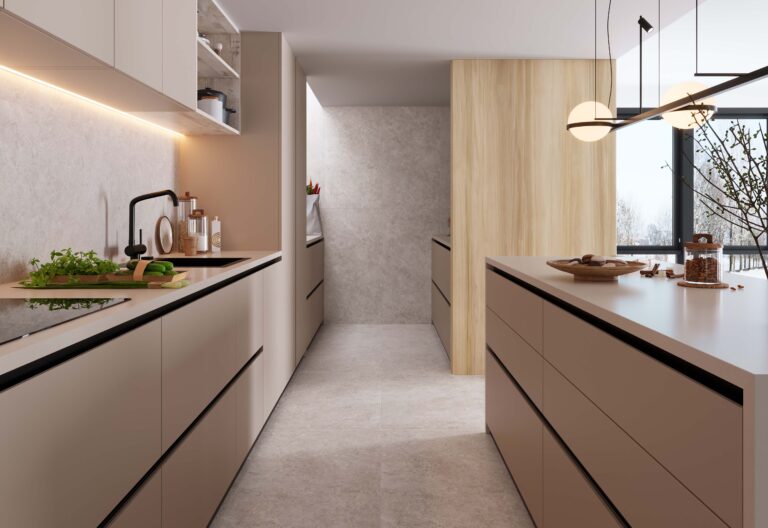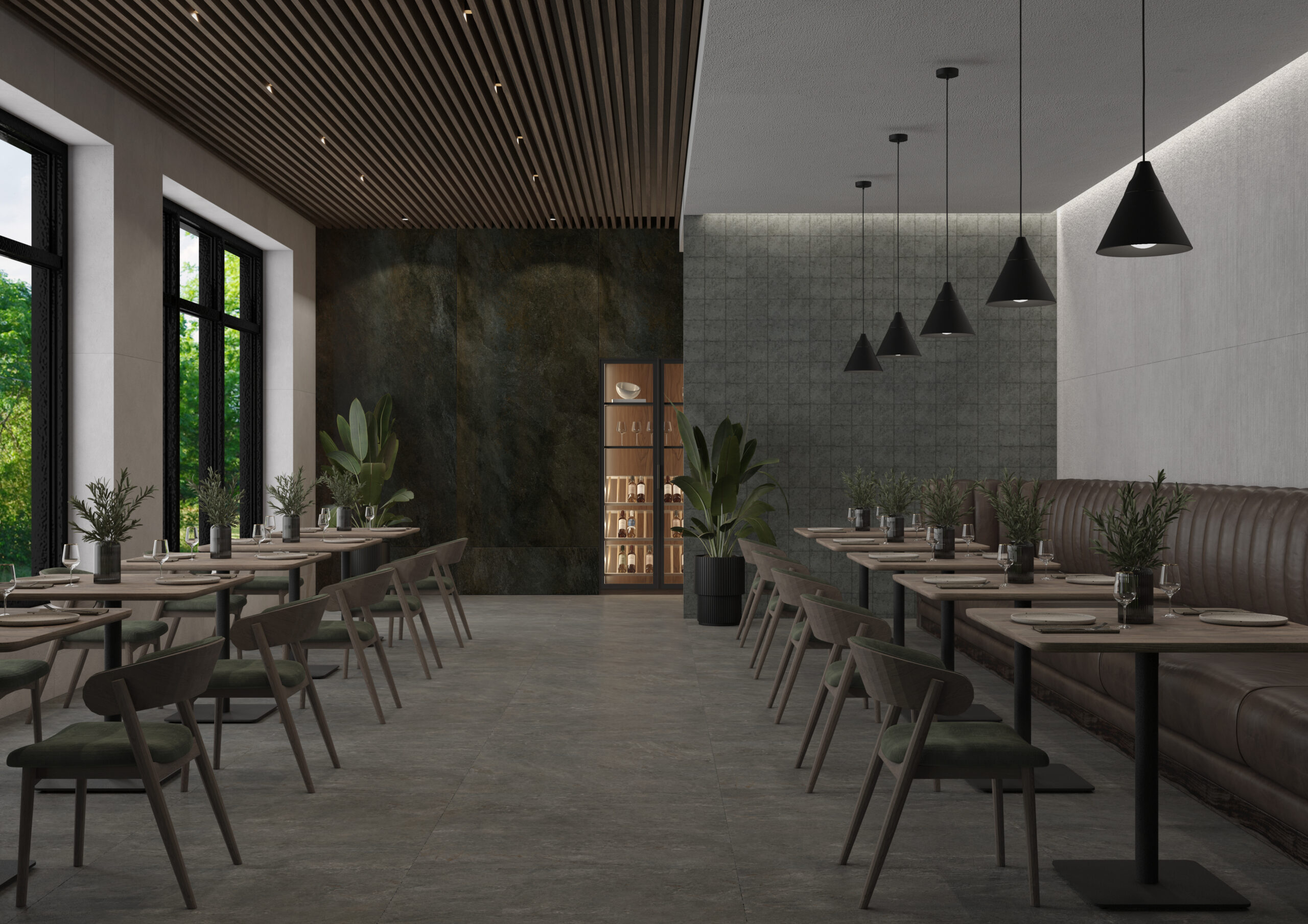
Interior design is not just about aesthetics. It’s about designing with intention—blending functionality, emotion, and technical expertise. At TAU, we understand this deeply: every space speaks, and it should communicate both inside and out. Here are five common mistakes… and how to successfully avoid them.
1. Prioritizing Looks Over Real-Life Use
The common mistake: choosing eye-catching pieces—like statement tiles or designer furniture—without considering who will use them and how.
The solution: define the space’s purpose first. Is it a high-traffic kitchen, a guest bathroom, or a family living room? Align style with practicality: easy-to-clean materials, durable ceramics, or porcelain stoneware for areas with heavy use. This helps avoid costly renovations down the line.
2. Poor Furniture Planning
The typical error: buying furniture without checking measurements, resulting in cramped or cluttered spaces.
The solution: draw floor plans or use 3D simulators. Calculate minimum circulation areas and leave at least 60 cm (24 inches) between pieces. In bathrooms or kitchens, make sure drawers and doors can open freely. This ensures both visual and functional comfort.
3. Inadequate or Unbalanced Lighting
Why it fails: relying only on general lighting or using a single source. Even worse, poorly placed fixtures.
Better approach: apply a layered lighting system: general, ambient, and task lighting. For example: recessed ceiling lights + wall sconces in lounge areas + accent lighting for shelves or niches. Large-format ceramics with veining or texture come to life under the right lighting.
4. Following Trends Without a Solid Style Foundation
The risk: ending up with an inconsistent look. Trends come and go—timeless design stays.
TAU’s approach: choose a base style—neutral, mediterranean, desert, temperate—and refresh it with ceramic accents: a patterned tile here, a terracotta base there. Instead of redoing everything, work with interchangeable elements like cushions, fixtures, or wall lights.
5. Overlooking Material and Finish Performance
The most costly mistake: choosing based only on color or price, without evaluating durability or maintenance.
The alternative: select ceramic materials based on their intended use: 20 mm anti-slip stoneware for outdoor areas, porcelain for wet zones, or technical ceramics for seamless surfaces. Ask for samples, review product sheets, and consider sustainability—lifespan, ease of cleaning, and recyclability. At TAU, our wide-ranging catalog lets us offer options for every need, always with a focus on technical quality.
Design With Purpose
Avoiding these mistakes leads to professional-level results without large investments. It’s all about intention, coherence, and expertise. At TAU, we combine technique, emotion, and aesthetics in every piece we create.
If you’d like our help applying these principles to your projects—or curating ceramic collections that support your design concepts—we’re here for you. We can develop moodboards, share real-life case studies, or even help you define a technical brief.
To continue reading
Interior Design of the Future: Flexible Spaces and Smart Ceramics That Evolve With You
Leer
Discover how TAU Cerámica turns your home into a thermal comfort haven
Leer
How does the Feel&Mix philosophy work?
Leer


